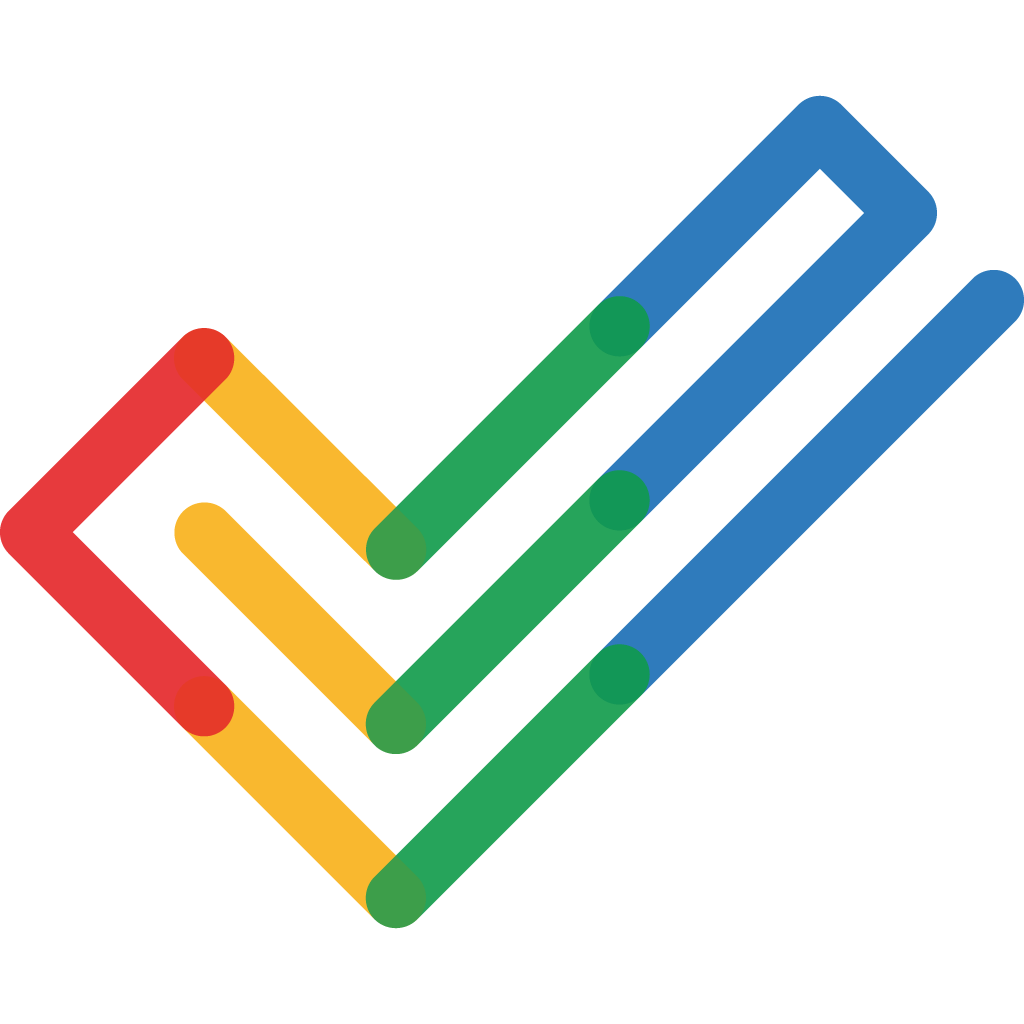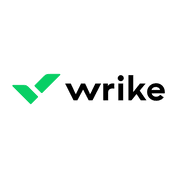Assembla is a Project Management Software. Assembla offers Recurring Task Management, Time & Expense Tracking, Task Management, Status Tracking, Resource Management and many more functionalities.
Some top alternatives to Assembla includes Quickbase , Smartsheet, ClickUp, Zoho Projects and Height.
Yes, Assembla provides API.
Yes, Assembla provides a mobile app.
Assembla is located in San Antonio, TX
Assembla offers Free Trial, Subscription, Quotation Based pricing models
Yes, Assembla can integrate with Jira, Trello, Dropbox Business, Google Drive and many more.You can find more integration for Assembla here
The starting price of Assembla is $9.16/User/Month
























